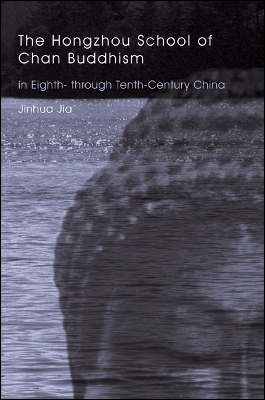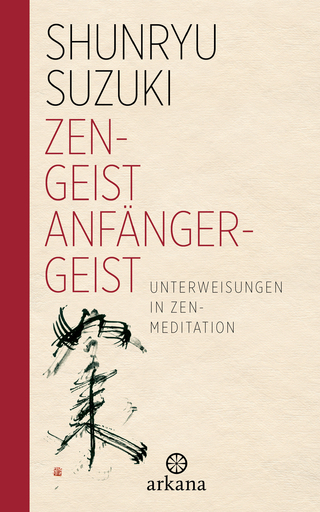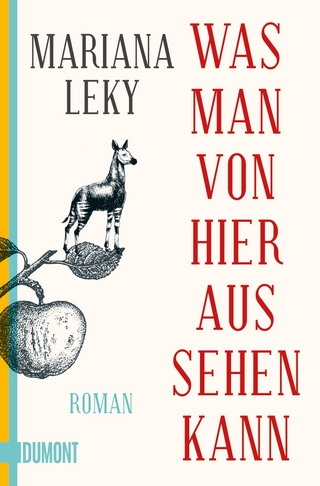
The Hongzhou School of Chan Buddhism in Eighth- through Tenth-Century China
State University of New York Press (Verlag)
978-0-7914-6823-4 (ISBN)
This book provides a wide-ranging examination of the Hongzhou school of Chan Buddhism—the precursor to Zen Buddhism—under Mazu Daoyi (709–788) and his successors in eighth- through tenth-century China, which was credited with creating a Golden Age or classical tradition. Jinhua Jia uses stele inscriptions and other previously ignored texts to explore the school's teachings and history. Defending the school as a full-fledged, significant lineage, Jia reconstructs Mazu's biography and resolves controversies about his disciples. In contrast to the many scholars who either accept or reject the traditional Chan histories and discourse records, she thoroughly examines the Hongzhou literature to differentiate the original, authentic portions from later layers of modification and recreation.
The book describes the emergence and maturity of encounter dialogue and analyzes the new doctrines and practices of the school to revise the traditional notion of Mazu and his followers as iconoclasts. It also depicts the strivings of Mazu's disciples for orthodoxy and how the criticisms of and reflections on Hongzhou doctrine led to the schism of this line and the rise of the Shitou line and various houses during the late Tang and Five Dynasties periods. Jia refutes the traditional Chan genealogy of two lines and five houses and calls for new frameworks in the study of Chan history. An annotated translation of datable discourses of Mazu is also included.
Jinhua Jia is Assistant Professor of Chinese Literature at the City University of Hong Kong.
Acknowledgments
Tables
Abbreviations and Conventions
Introduction
1. Biography of Mazu Daoyi
Mazu’s Youth in Sichuan (709–ca. 729)
Wandering and Training in Hubei and Hunan (ca. 730–742
Teaching on the Mountains of Fujian and Jiangxi (742–772
Establishing the Hongzhou Community (772–788)
2. Mazu Daoyi’s Disciples
Tianhuang Daowu
Danxia Tianran
Yaoshan Weiyan
New List of Mazu’s Disciples
3. Examination of the Hongzhou School Literature
Emergence and Maturity of Encounter Dialogue
Discourse Records Attributed to Mazu
Texts and Discourses Attributed to Mazu’s Disciples
4. Chan Doctrine and Practice of the Hongzhou School
“Ordinary Mind Is the Way”
Original Enlightenment and No-Cultivation
“Buddha-nature Manifests in Function”
New Practice of Encounter Dialogue and New Terminology and Imagery
5. Road to Orthodoxy
Baolin zhuan: Its Author and Twofold Claim of Orthodoxy
Chan Verses Attributed to Baozhi and Yongjia Xuanjue
Establishment of Chan Monasteries and Monastic Regulations
Expansion of the Hongzhou School and Imperial Recognition
6. Schism of the Hongzhou School during the Late Tang and Five Dynasties: Deconstructing the Traditional Genealogy of Two Lines and Five Houses
Controversies over and Development of the Hongzhou Doctrine
The Schism of the Hongzhou School and the Rise of the Shitou Line and Various Houses: Deconstructing the Genealogy
Appendix
Annotated Translation of Mazu Daoyi’s Discourses
Notes
Glossary
Bibliography
Index
| Erscheint lt. Verlag | 10.8.2006 |
|---|---|
| Zusatzinfo | Total Illustrations: 0 |
| Verlagsort | Albany, NY |
| Sprache | englisch |
| Maße | 152 x 229 mm |
| Gewicht | 472 g |
| Themenwelt | Geisteswissenschaften ► Religion / Theologie ► Buddhismus |
| ISBN-10 | 0-7914-6823-2 / 0791468232 |
| ISBN-13 | 978-0-7914-6823-4 / 9780791468234 |
| Zustand | Neuware |
| Haben Sie eine Frage zum Produkt? |
aus dem Bereich


